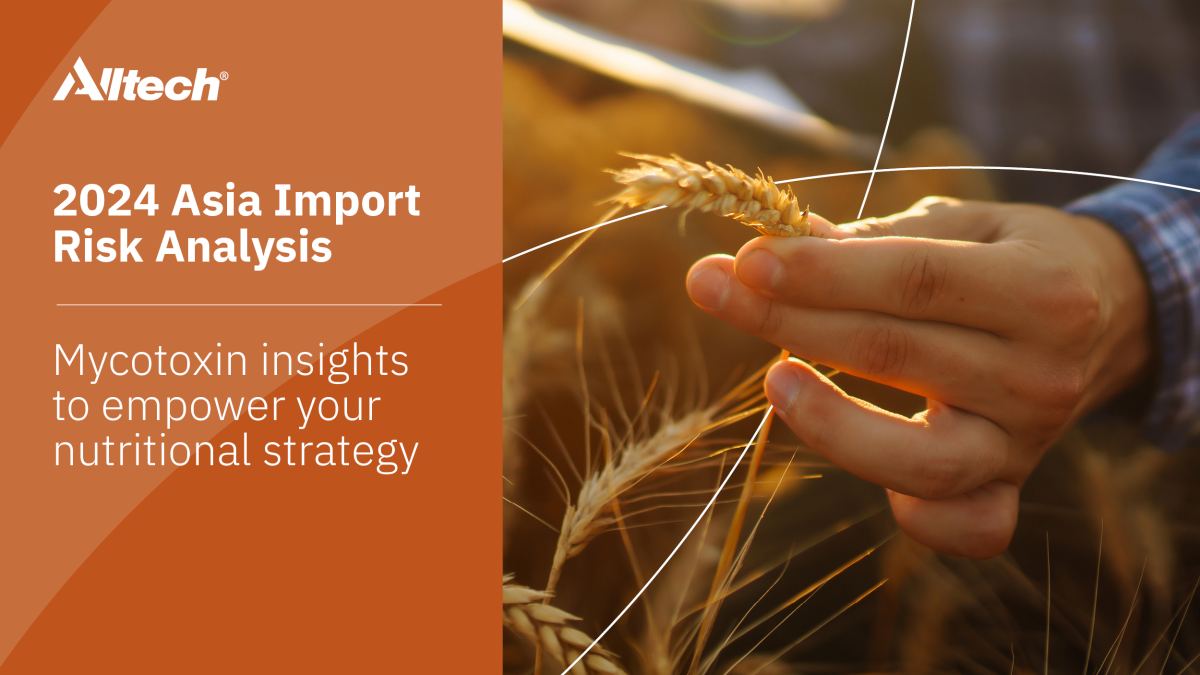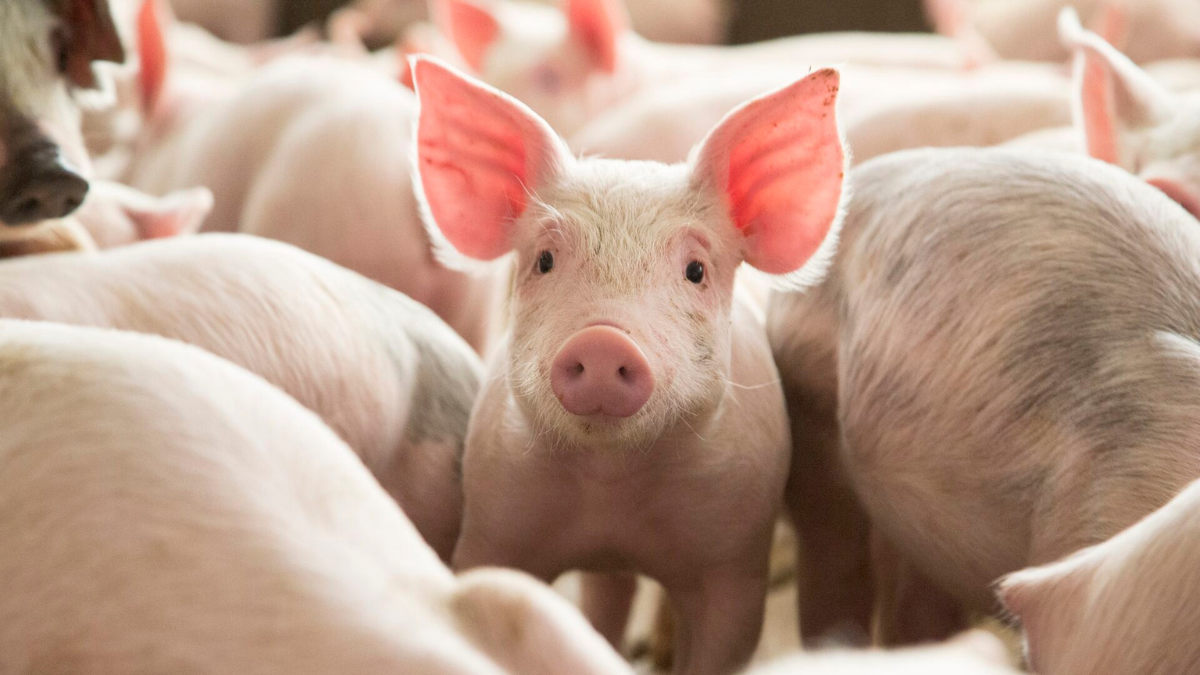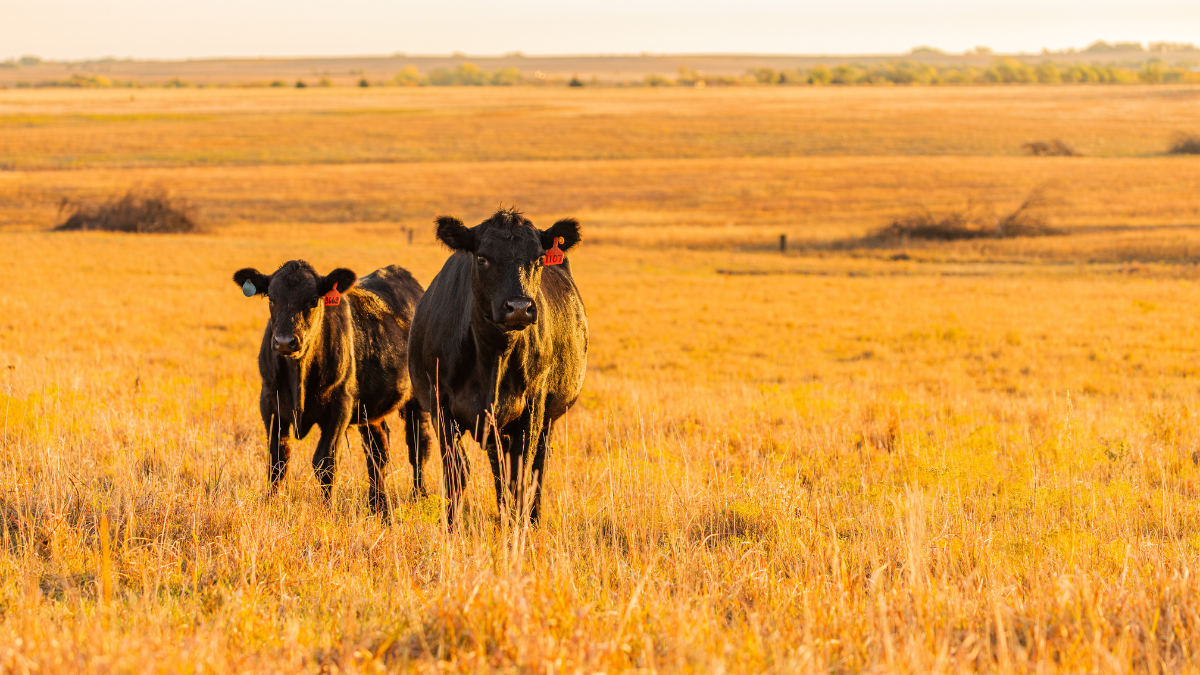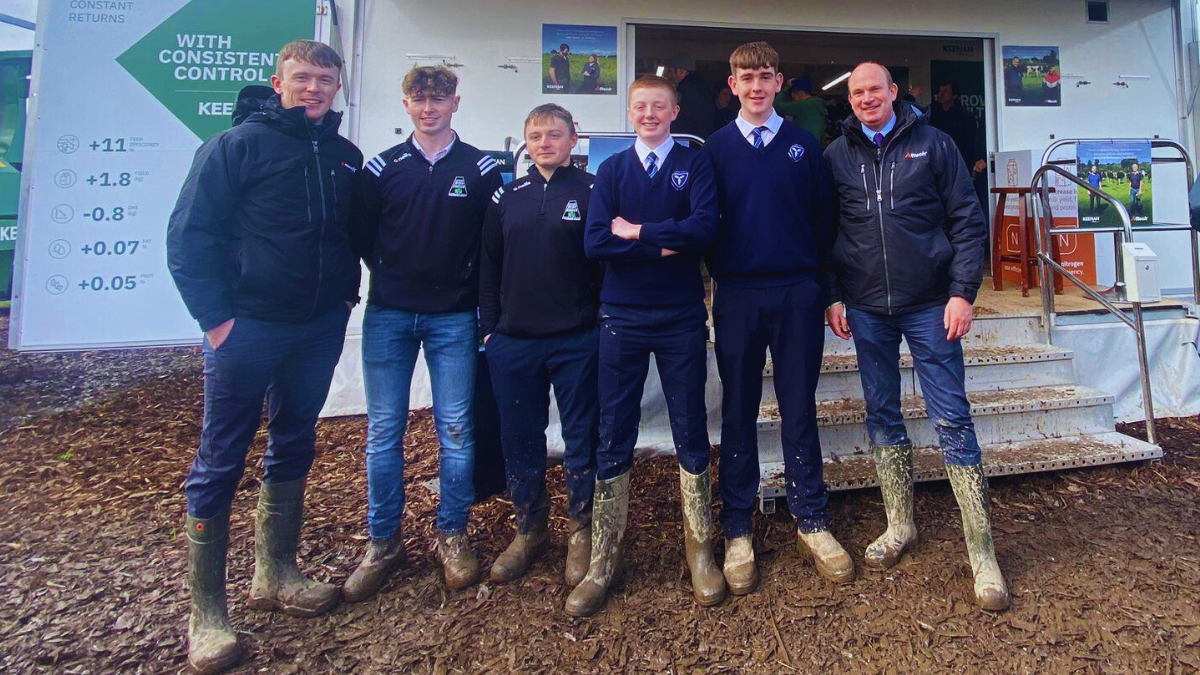Transforming livestock nutrition for performance and sustainability
In the dynamic landscape of beef and dairy production, achieving optimal performance while prioritizing sustainability is paramount. Enter Optigen®, a consistent and reliable source of rumen-available nitrogen developed by Alltech. Optigen is a high-quality nutritional technology that is designed to further advance ruminant nutrition and to address the dual challenges of performance enhancement and environmental stewardship.
Let's explore how Optigen serves as a catalyst for progress in the beef and dairy industries by integrating data and insights from recent research findings.
Maximizing feed efficiency
One of the key pillars of sustainable farming is maximizing feed efficiency. Optigen plays a pivotal role in this endeavor by enhancing diet flexibility thanks to a reduced need for the inclusion of plant protein sources, which helps create space for more energy-dense diets.
According to a meta-analysis conducted by Alltech, the inclusion of Optigen in the diets of dairy cows resulted in a remarkable 23% reduction in the use of plant protein sources. This reduction translates to improved feed conversion rates and reduced feed costs, which helps contribute to the overall profitability of the operation while minimizing the waste of natural resources.
Supporting rumen health
The health of the rumen is crucial for efficient nutrient utilization and animal performance. Optigen supports rumen health by promoting the activity and growth of rumen bacteria. This, in turn, fosters a more sustained availability of ammonia to the rumen environment, ensuring that rumen bacteria have continued access to this essential food source. These improvements encourage more optimal digestion and absorption of nutrients from the diet, leading to enhanced animal performance.
Along with its ability to help optimize rumen function in beef and dairy cattle, Optigen also works to minimize the environmental impact of dairy and beef farming, as it facilitates the more efficient utilization of dietary resources.
Reducing nitrogen excretion
Excessive nitrogen excretion poses a significant environmental challenge in dairy and beef production systems. Optigen addresses this issue by improving dietary nitrogen efficiency, thereby helping to reduce the excretion of nitrogen into the environment by livestock.
In one recent study, the utilization of Optigen in dairy diets led to a 4% increase in nitrogen utilization efficiency, which resulted in a 14% reduction in the total carbon footprint of milk production diets. This reduction in nitrogen excretion not only helps mitigate the environmental impact of beef and dairy farming but also aligns with widespread regulatory standards and the shared goal of improving sustainability in agriculture.
Promoting balanced diets
Well-balanced diets are essential for optimizing animal health and minimizing the environmental footprint of beef and dairy operations. Optigen enables the formulation of more balanced, lower-protein diets without compromising performance. One meta-analysis of beef production, for example, showed that the partial replacement of vegetable protein with Optigen resulted in an 8% increase in liveweight gain and feed efficiency. This highlights the potential of Optigen to promote sustainable beef production while reducing the environmental footprint of feedlot operations.
Utilizing Optigen to achieve more sustainable livestock production
Optigen serves as a unique innovation in the realm of livestock nutrition, offering producers a holistic solution for enhancing both the performance of their animals and the sustainability of their farming practices. By maximizing feed efficiency, supporting rumen health and reducing nitrogen excretion, Optigen empowers producers to achieve their production goals while minimizing their environmental impact. As the agricultural industry continues to evolve, Optigen remains at the forefront of innovation, driving positive, long-term change towards a more sustainable future for livestock farming.
About the author:
Tien Le earned her bachelor’s degree in advertising and marketing communications from the University of Greenwich, London, with the University Merit Award for Outstanding Achievement. She started her career at Alltech in 2016 as part of the Corporate Career Development Program, spending time in both the U.S. and Ireland before taking a role in Vietnam, her home country. Tien presently serves as the editorial content manager for Alltech, a role that allows her to fulfill her passions for writing, innovation and sustainable agriculture.

I want to learn more about nutrition for my cattle.
- Read more about Transforming livestock nutrition for performance and sustainability
- Log in to post comments

<script charset="utf-8" type="text/javascript" src="//js.hsforms.net/forms/v2-legacy.js"></script>
<![endif]-->
<script charset="utf-8" type="text/javascript" src="//js.hsforms.net/forms/v2.js"></script>
<script>
hbspt.forms.create({
region: "na1",
portalId: "745395",
formId: "c16414a5-942e-4b92-ab92-ce2ab289a7c0"
});
</script>




























